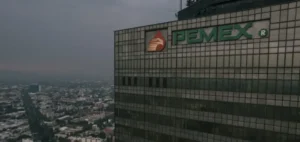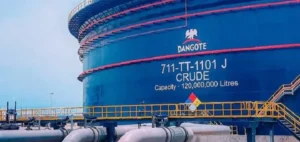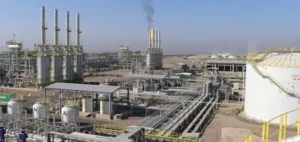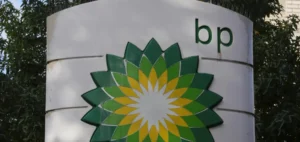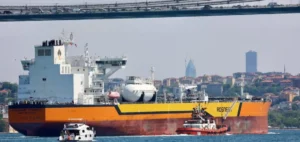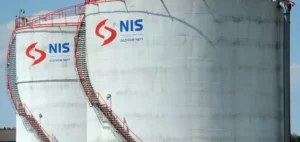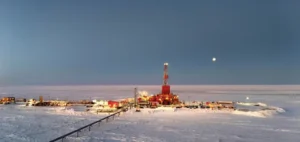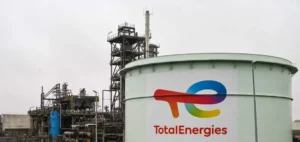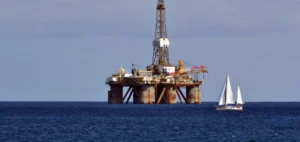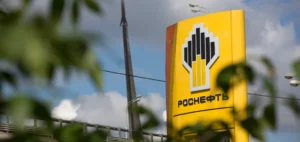The British government has confirmed the implementation of a permanent fiscal framework for oil and gas operators, combining a 40% base tax with an exceptional surcharge extended through 2030. This regime will be succeeded by a mechanism called the Oil and Gas Price Mechanism (OGPM), triggered when oil or gas prices exceed defined thresholds. The structure results in a total levy of 75–78%, despite the decline in Brent and National Balancing Point (NBP) prices.
A system designed to capture cyclical windfalls
The OGPM, intended as a successor to the temporary Energy Profits Levy (EPL) introduced in 2022, is based on inflation-adjusted thresholds. The declared goal is to provide investors with more predictability. However, the system remains structurally asymmetric: it captures price spikes without offering support during price downturns. The instrument strengthens the Treasury’s ability to extract value from high price cycles without sharing downside risks.
Investment allowances remain in place, but their effectiveness is weakened as operators reallocate capital to jurisdictions with more favourable tax regimes. Norway, the United States (Gulf of Mexico), and West Africa continue to attract increased capital flows.
The signal of a managed decline strategy
The continuation of the exceptional levy, alongside the OGPM, reflects the government’s aim to maximise fiscal revenues while mitigating social impacts. Certain tie-back projects — connecting marginal fields to existing infrastructure — are authorised, though the licensing of new full-scale exploration is still restricted. These measures are aimed at preserving short-term industrial activity, particularly in Scotland.
Mid-cap players such as Serica, Jersey Oil & Gas and NEO Energy are focusing their efforts on such redevelopments. The Greater Buchan Area project is emblematic, with a CAPEX of £850–950mn for an expected output of 70 to 100 million barrels of oil equivalent.
Differentiated impact across the value chain
In the short term, the announcement is not expected to impact Brent or NBP spot prices, as the North Sea’s decline has already been priced in. However, the fiscal risk profile for UK projects will shift, prompting firms to delay final investment decisions (FID) and opt for flexible risk-sharing models.
The UK offshore supply chain is seeing reduced visibility. Contractors, EPC firms, subsea service providers and FPSO operators are facing delayed commitments, as operators redirect capital to regions with more predictable tax conditions.
Industry repositioning and investor response
Integrated groups such as INEOS Energy are beginning to treat the UK North Sea as a harvest asset, prioritising short-term cash flows over long-term investment. Mid-caps face mounting pressure to justify continued UKCS exposure amid ongoing fiscal uncertainty.
The UK’s reputation as a fiscally stable jurisdiction has already been eroded by multiple EPL revisions since 2022. Even with the OGPM marketed as more predictable, it is perceived as a latent ratchet mechanism that may intensify in adverse macroeconomic contexts.
Geopolitical consequences and rising dependence
The current strategy implies an accelerated decline in domestic production and growing reliance on imports. Norway and global LNG suppliers — particularly Qatar and the United States — are becoming increasingly central to the UK energy mix. This dependency heightens exposure to global supply disruptions and geopolitical risks.
The UK is also deepening its coordination with the European Union on energy interconnections and gas storage. The country is becoming more of a structured consumer, influenced by market volatility, than a physical influencer of regional energy balances.





